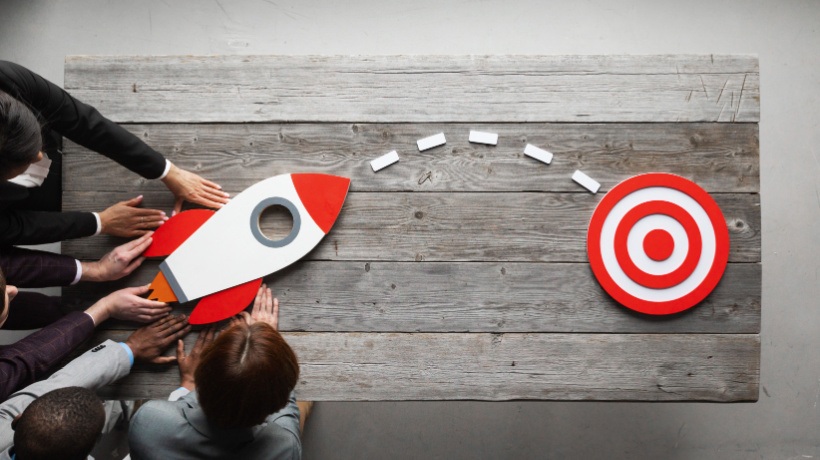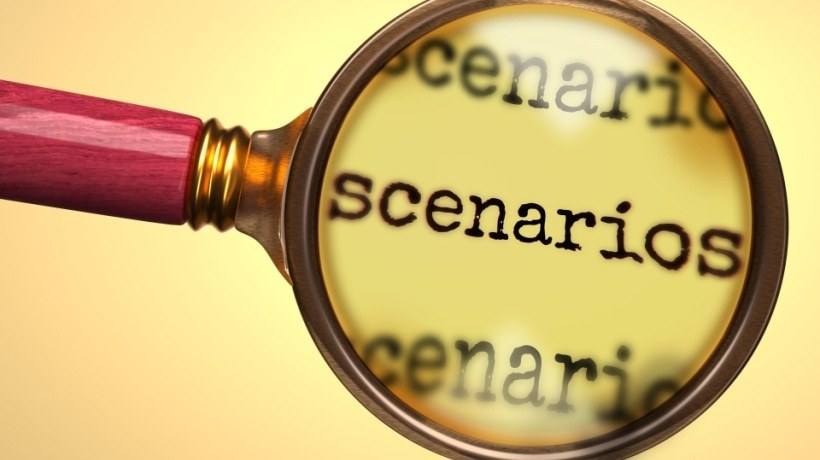A Definition Of The Goal-Based Scenario Model
To inspire and involve learners, the goal-based scenario model combines case-based teaching with real-world application. Instead of emphasizing theoretical information, this approach emphasizes skills. The model was first introduced by Roger Schank in the 90s, and it immerses students in realistic scenarios that require them to develop critical thinking and problem-solving abilities. The purpose of this instructional design approach is to help learners understand the subject matter more deeply by being able to apply what they've learned in their everyday lives. Let's find out more about the goal-based scenario model and analyze its most important aspects.
Key Elements Of The Goal-Based Scenario Model
Clear Objectives
Every scenario should be designed based on the learners’ specific goals. The main question should be what the learners are trying to achieve through the process and create relevant scenarios. The objectives should also be clearly defined and in line with the general purpose of the courses.
Realistic Scenarios
The design of the scenarios should be realistic and simulate an everyday life situation. This is because learners must be presented with events they may encounter in their future careers or lives.
Problem-Solving Activities
Students should engage in problem-solving activities when studying the scenarios to achieve their learning goals quickly. This may require them to make decisions, analyze data, or find solutions to complicated problems.
Feedback
At all times during the process, students should receive feedback. They must be aware of where they need improvement and if they have understood the topic in order to achieve a successful learning outcome.
Benefits Of Goal-Based Scenario Learning
Immediate Feedback
The model provides immediate feedback to students because they can see the impact of their decisions and actions immediately. As they’re working on real-life problems, they also receive feedback from their peers and instructors, making improvements and working more efficiently towards achieving their goals.
Development Of Practical Skills
Students must use their creativity and imagination to solve the given scenarios effectively. They can develop their problem-solving skills, identifying the root of the issues. Also, they must think of multiple options, enhancing their critical-thinking skills. This way, they can evaluate if their solutions are effective and make necessary adjustments.
Deeper Learning
According to the model, students must actively interact with the learning topic and use what they learn in class to solve issues in the real world. They become more driven and involved in the learning process when working on realistic situations. As a result, they better understand the subject matter and can transfer their knowledge to other scenarios.
Collaborative Learning
The goal-based scenario model is highly collaborative since students work in teams to solve problems and achieve a goal. So, they need to learn how to effectively work together with others and listen actively to contribute as much as possible. However, it’s also essential for them to know how to handle and resolve conflict.
Applications Of The Model
Primary And Secondary School
In primary school, the goal-based scenario model can be used by teachers to assign goals to students, helping them improve their understanding of core subjects like math and science. For example, a scenario might involve students working together to create a geometrical shape using craft materials and thus applying their knowledge of geometry and creative thinking. In secondary school, the model can prepare students for their future studies by simulating college environments. For instance, educators can create groups of students with the same interest in a field of research and ask them to complete a tie-in project.
Higher Education
Professors in higher education can help students prepare for their future careers using the model. For example, they may simulate an authentic workplace environment, like a marketing agency, and ask students to create a marketing plan for an imaginary business. This way, they can apply their knowledge in various fields, like economics, business, and psychology.
Professional Development
The goal-based scenario model can be used to train employees in new skills. To do that, the company must set organizational goals so that employees know what their training will focus on and what they're expected to accomplish. Then, companies should motivate their team members and emphasize real-world examples to help them connect with the training material.
3 Challenges Of The Goal-Based Scenario Model
1. Resources
Developing high-quality scenarios may require a significant amount of time and resources. However, educators can repurpose existing content to develop engaging and effective scenarios that apply to the educational setting and the desired learning outcomes. Another option is to hire an eLearning content provider who specializes in goal-based scenario creation.
2. Assessment Difficulties
Assessing students in this model can be difficult because problem-solving skills and practical abilities are more challenging to quantify. To navigate this, educators can use various assessment methods, like self-reflection, peer-to-peer feedback, and even written exams.
3. Technology Limitations
Some scenarios may require advanced technology or equipment, which may not be available or affordable for many educational facilities. For example, scenarios presented through Virtual Reality are the most immersive but might be inaccessible to some learners. So, it’s best to create content that can be adapted to suit different technologies and equipment.
Conclusion
The goal-based scenario model is highly effective in many educational contexts. All the valuable skills that students and learners develop through this model, like deep and active learning and critical thinking, are also beneficial in their everyday lives. Educators should consider the benefits but also be aware of the challenges and how to navigate them in order to create meaningful learning experiences. If you're interested in learning more, follow along with our Instructional Design Models and Theories list to find the theory or model that's ideal for your objectives and target audience.
References:
Schank, R. C., Fano, A., Bell, B., & Jona, M. (1993-1994). "The design of goal-based scenarios." Journal of the Learning Sciences, 3(4), 305–345.








